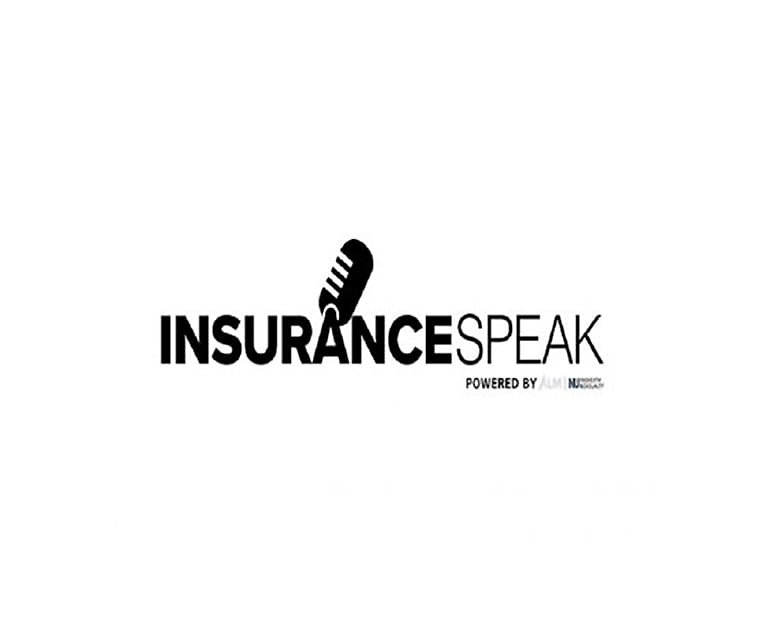Over the course of the next four years, cyber liabilityinsurance is expected to grow from $2.5 billion to $7.5 billion inpremiums written.
|With the average total cost of a data breach escalating from$3.79 million in 2015 to $4 million, the need for businesses toprotect themselves is growing and will continue to do so throughout2016 and beyond.
|As an industry, in order to meet those expectations, cyber riskprofessionals must do a better job of educating business owners andinsurance brokers and agents.
|The insurance industry must help businesses understand thewide-array of risks that they are exposed to and how a custominsurance solution tailored to their needs is available forthem.
|Today, there is a lack of understanding regarding cyberliability policies and deficiencies in the industry's ability toconvey the true value of cyber products to clients. Insuranceprofessionals must address these issues within the industry, whichwill lead to greater understanding of cyber liability amongbusiness owners and risk managers.
|Each day cyber threats grow in complexity, with attacksoccurring more and more frequently. This underscores the need traininsurance talent to better understand cyber liability and tailor apolicy that addresses the specific risks that each unique businessis most susceptible to experiencing.
|This year, there are a number of developments impactingprofessional liability and cyber policies ranging from theconversion to Euro, MasterCard and Visa in the United States, tothe growing number of ways the world connects to the Internet.
|If you're truly interested in understanding cyber liability, youmust be aware of the most pressing threats to businessestoday.

After chip-and-signature cards were introduced in the UnitedKingdom in 2005, online fraudulent purchases increased nearly 40percent over the next 10 years. (Photo: iStock)
|EMV and its effect on e-commerce
The United States is experiencing a shift in the paymentsindustry that will drastically alter how fraudsters seek to exploitconsumer credit card information.
|The ongoing conversion from magnetic stripe credit cards toEuro, MasterCard and Visa chip-and-signature technologywill likely shift fraud away from card-present transactions tocard-not-present transactions, such as ecommerce. For example, inthe United Kingdom, where the Euro, MasterCard andVisa liability shift occurred in 2005, card-not-presentfraud increased by nearly 40 percent over a span of 10 years.
|This creates the need for businesses — specifically, merchantswho do a great deal of business online — to fully understand thatthe risk they assume from their daily operations is growing. Theinsurance industry as a whole must educate merchants on theshifting nature of the risk they assume and tailor cyber insurancepolicies to their evolving needs.
|Healthcare breaches accelerating
Recent studies found that 35.5 percent of all data breachestargeted the health care industry. Moreover, those breachesaccounted for 66.7 percent of all compromised records from databreaches. The volume of attacks impacting the healthcare industryis due to the valuable information contained within individual'shealthcare records: The life of stolen payment data is much shorterthan the personal information contained within healthcarerecords.
|This past February, the Hollywood Presbyterian Medical Centerwas the victim of a cyber attack in which ransomware was used toshut down the network computer system until the hospital paid aransom of $17,000. These types of attacks are growing: Recently theTitus Regional Medical Center, a small hospital in Mount Pleasant,Texas, confirmed that it had been affected by a similar ransomattack.
|Just in the past year nearly 3.8 million new ransomware variantswere detected by McAfee Labs. Healthcare providers and businessesthat house this precious data must understand the inherent risks ofholding records and work with a broker or agent who knows how toguide health care providers through the process of tailoring acyber liability policy to their specialized needs.
|Related: Cyber Attacks: The Next Health CareEpidemic
||
Interconnectivity among smart-home device and wearabledevices creates new ways fraudsters can break into a person's or anorganization's network. (Photo: iStock)
|Growing Internet of Things
New products are introduced each day that provide different waysfor individuals to stay connected. From cars and homes to watchesand eyeglasses, the Internet of Things, is growing rapidly. Ciscoestimates that the number of connected devices worldwide will risefrom 15 billion today to 50 billion by 2020.
|This type of interconnectivity creates new entry points into anorganization and expands a perimeter that must be constantlyprotected. According to a 2015 Verizon data breach report, in 70%of attacks where the motive is known, there's a secondary victim.In other words, the organization is targeted as a way to advance adifferent attack against another victim.
|With the Internet of Things and increasingly more employeesconnecting to company cloud servers through wearables, cell phones,and personal tablets, this connectivity can open the proverbialfloodgates for fraudsters to access valuable customer data. Theinsurance industry must understand what this growth in Internet ofThings means for cyber risk and ensure that there are experts whocan tailor specialty policies that will protect both large andsmall institutions.
|David Derigiotis is the director of the ProfessionalLiability Center of Excellence at Burns &Wilcox, a wholesale insurance broker and managing generalagent. He is also the director of R.B. Jones, a specialty managing general agent. Bothcompanies are owned by Farmington Hills, Michigan-based Kaufman FinancialGroup. Opinions expressed in thisarticle are the author's own.
|Related:
|Internet of Things Will Change Risk for RetailInsurance Brokers
|Want to continue reading?
Become a Free PropertyCasualty360 Digital Reader
Your access to unlimited PropertyCasualty360 content isn’t changing.
Once you are an ALM digital member, you’ll receive:
- All PropertyCasualty360.com news coverage, best practices, and in-depth analysis.
- Educational webcasts, resources from industry leaders, and informative newsletters.
- Other award-winning websites including BenefitsPRO.com and ThinkAdvisor.com.
Already have an account? Sign In
© 2024 ALM Global, LLC, All Rights Reserved. Request academic re-use from www.copyright.com. All other uses, submit a request to [email protected]. For more information visit Asset & Logo Licensing.








